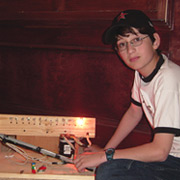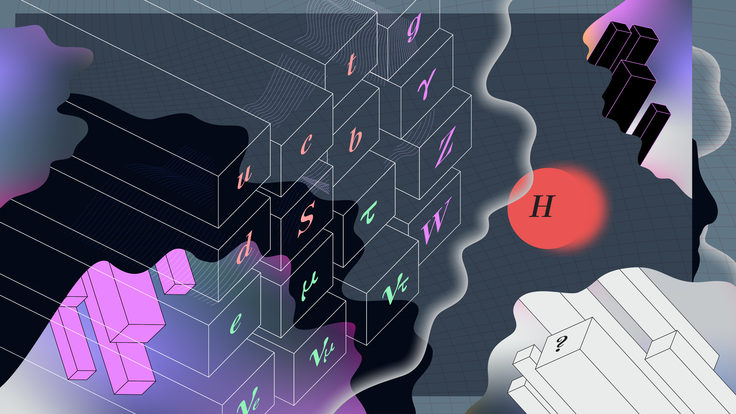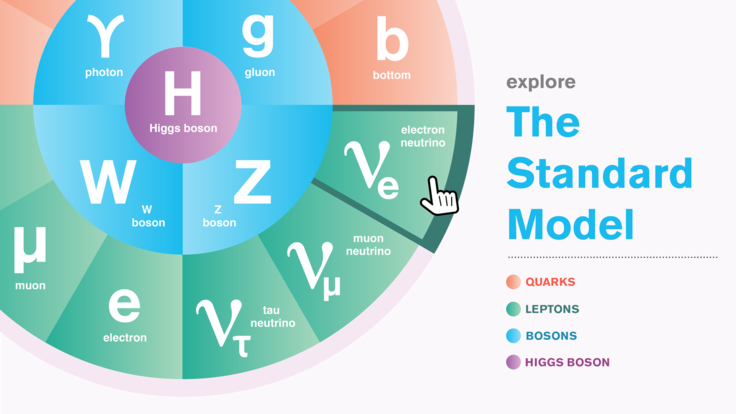 |
| Photo courtesy of Austin Ellsworth |
Accelerator at the fair
Science fair season is here, so we at symmetry were not surprised when 12-year-old Austin Ellsworth of Spring, Texas, called with a few questions about his science fair project.
More surprising was the nature of the project: Austin had built a model of a linear accelerator, which seemed an unusual undertaking for a sixth grader.
“It’s not a working model,” he said, reassuringly. “To preserve the life of the whole city, I could not use working atoms. I had to fit this into a grocery bag, so it had to be small.” What’s more, the rules of the fair allowed him to spend no more than $25.
His accelerator is a piece of plastic pipe that contains a series of electrical contacts wired to 13 light bulbs. When Austin slides a metal wrench down a wide slit in the top of the pipe, as if swiping a credit card on a payment machine, the bulbs light up one after the other to represent the particle’s journey. (The originally-planned rolling metal ball did not make good enough contacts.) The last light bulb is red, signifying that the particle has hit its target.
It may not fit the classic hypothesis-experiment-conclusion mold, but the project did get Austin thinking. He came to believe that someday, although maybe not in his lifetime, particle accelerators will become the equivalent of oil wells, generating antimatter that is shipped in futuristic containers to power plants and reunited with matter, releasing huge amounts of energy “so you can use the energy, like, to power your car, or whatever you want.”
He was happy to learn that physicists at the Ecole Polytechnique in Palaiseau, France, had built a table-top particle accelerator, with potential uses in research and medicine.
“They say it’s somewhat underpowered compared to conventional accelerators, but the fact that it exists is what matters—and that it works,” Austin said. “I thought, ‘Hallelujah, this is the evidence I need to show that particle accelerators are not too big! They’re getting smaller.’” He speculates that Moore’s law, which successfully predicted the trend toward smaller and more powerful computers, eventually will apply to accelerators, too, and who knows where that will lead?
Austin said he likes to read— “a lot on planes and baseball. Those are my two great loves.” Science is another. As the Redd School Spring Science Festival approached, he was reading Stephen Hawking’s A Brief History of Time, savoring the bits about black holes and antimatter even though “sometimes it kind of started reading like Portuguese to me.”
He built his model with the help of his grandfather, who, Austin says, used to work for Lockheed and “is a fix-it-all, all-the-time man.” The finished product, fastened to a wooden base and sprouting wires, came in on time and $10 under budget. He’ll soon find out if it won a prize.
Glennda Chui






